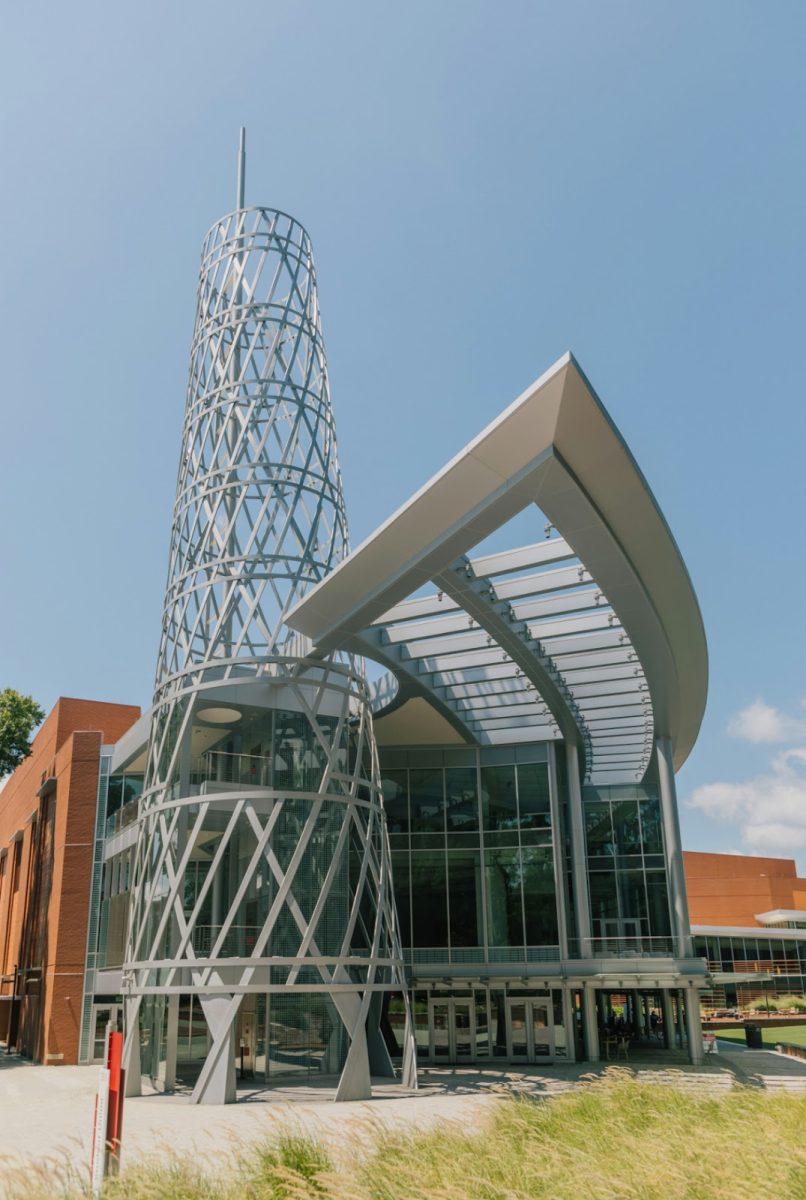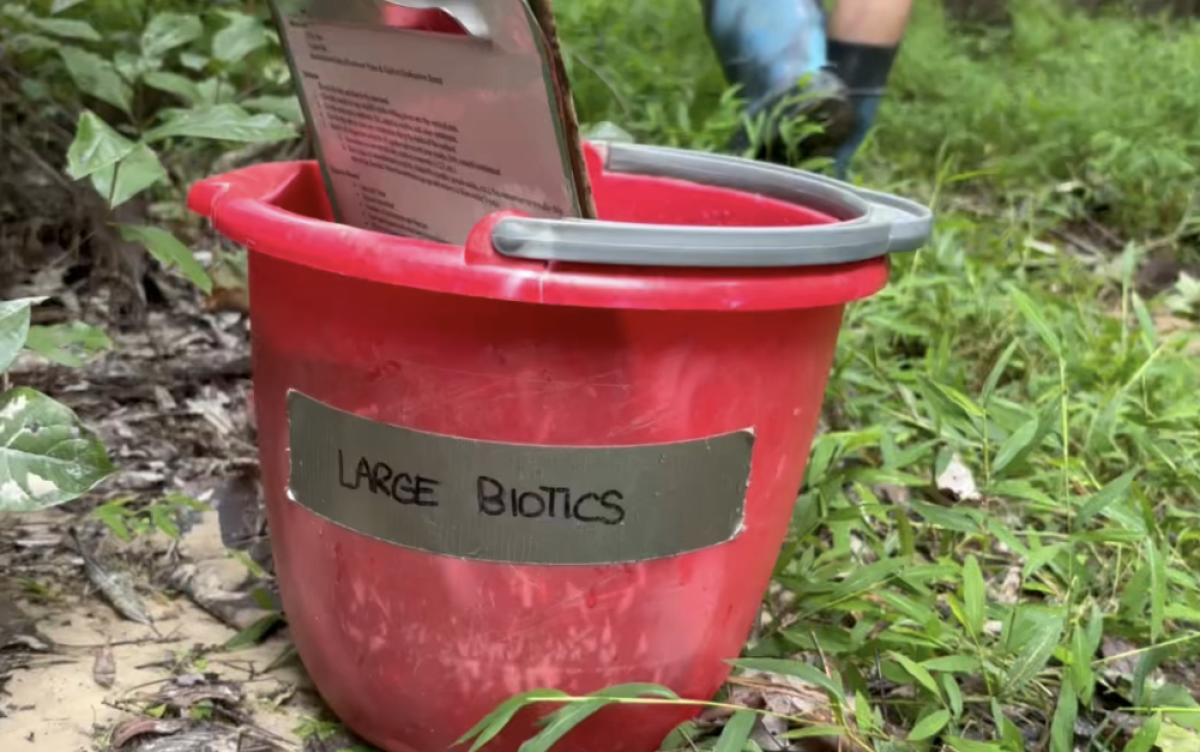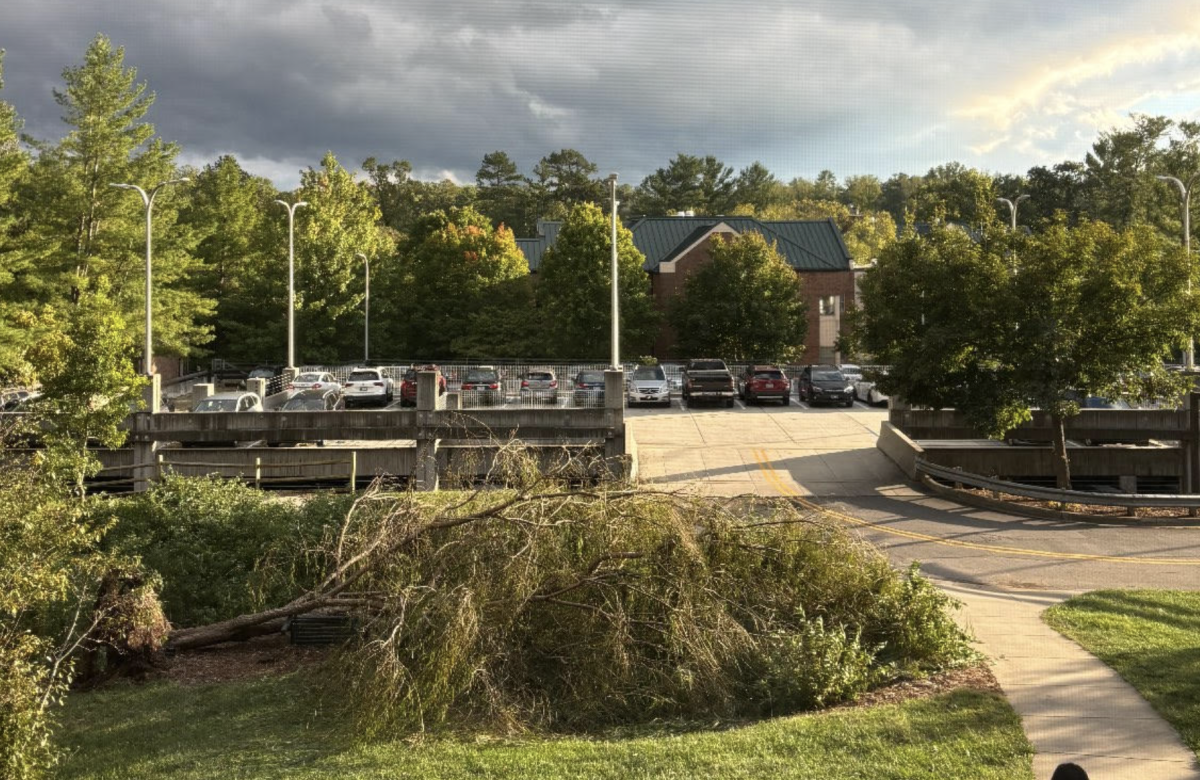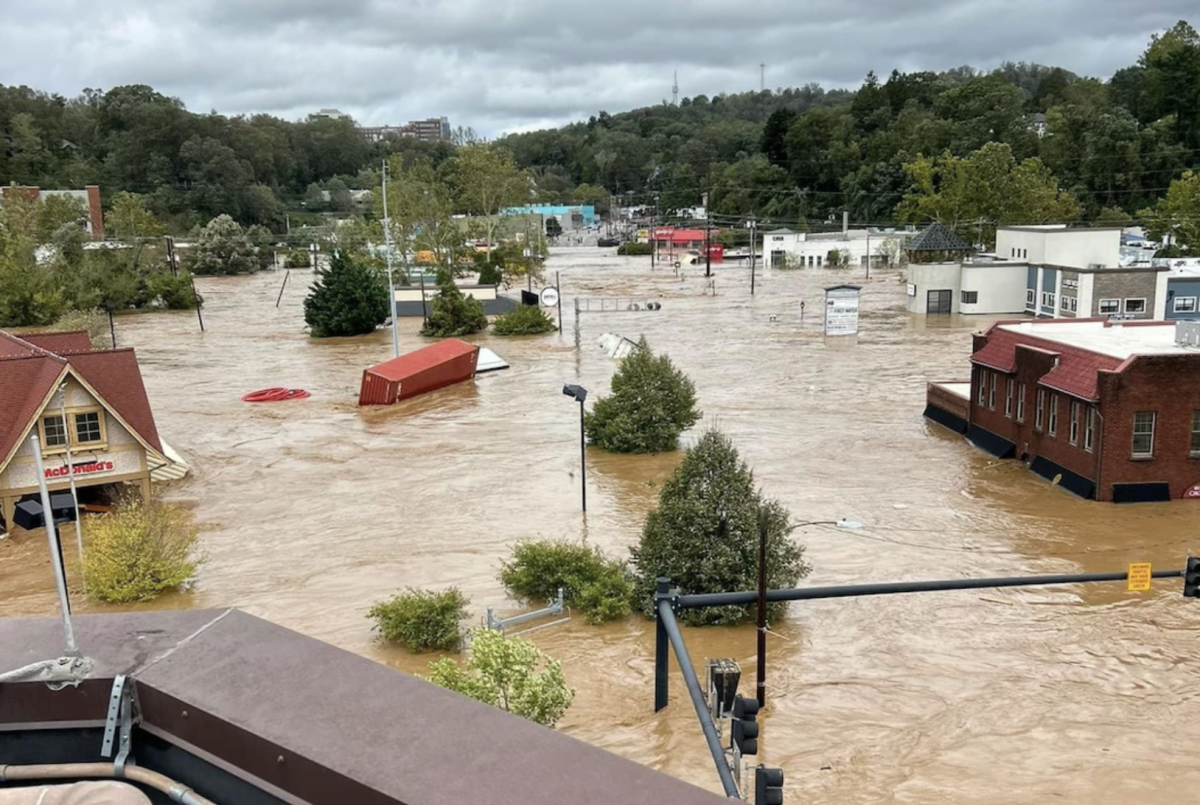Population rises, nature falls

The Green Hope wetland thrived with greenery prior to construction.
October 26, 2022
If a tree falls in the forest and no one hears it, does it even make a sound?
Over the past year Cary has made its way into the spotlight, continuing to grow and expand. Now more than ever, the side effects of suburban development are harmful and irreversible. North Carolina is covered by 6.3 million acres of wetland ecosystems, which are already highly susceptible to erosion. With barely any action towards this problem, it is worsening at rapid rates.
Cary continues to hold strict development standards regarding permitting. Despite this, the rush to accompany the flood of people moving there has led to an emphasized focus on efficient construction rather than prioritizing environmental impact.
Catering carelessly to large corporations causes regulations to be ignored and vital environmental policies tossed into the ever rising dust. Having little to no information provided, the general populace is unaware of this growing tragedy.
In 2017, Emory Springs Townhomes began construction less than a mile from Green Hope High School. With little erosion control, the school’s wetland behind the construction zone was drowned with sand, causing it to be utterly unsuitable to local wildlife. The damaged floodplain stands silent with only occasional echoes of endless construction. The influx of sand inhibits the wetland’s ability to hold water resulting in runoffs and flooding for which homeowners have no defense.

Green Hope student’s continue to battle this endless cycle of erosion, dredging out the same sand five years later. Emory Springs is just one of the many cases of environmental corruption that go unheard.
This negligence extends past Cary’s suburban borders, seeping into the entirety of the state. In the past year alone, North Carolina’s population has increased by over 100,000 people. Such substantial population growth has resulted in residential structures being built en masse. The state’s terrain cannot support this. These homes are hastily built on unstable terrain, and landslide debris and are often susceptible to flooding.
The issue lies in the gap between the community and the developers causing severe consequences for neighborhoods.
It’s easy to turn a blind eye to environmental endeavors, believing nature will remain constant and unphased by human hubris. Unfortunately, this is not true because today’s mistakes are tomorrow’s downfalls.


















































































